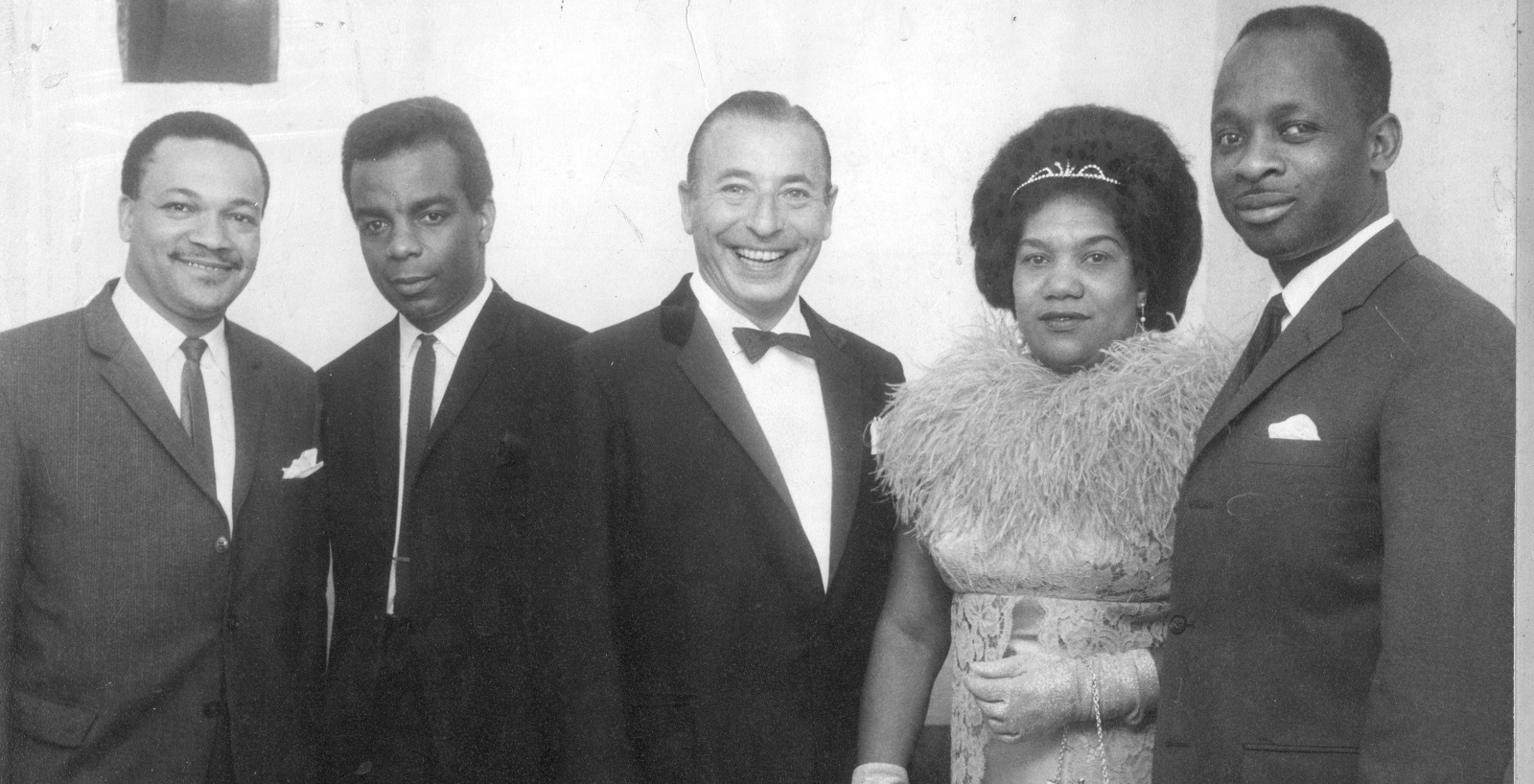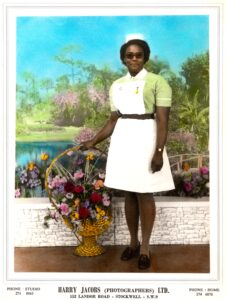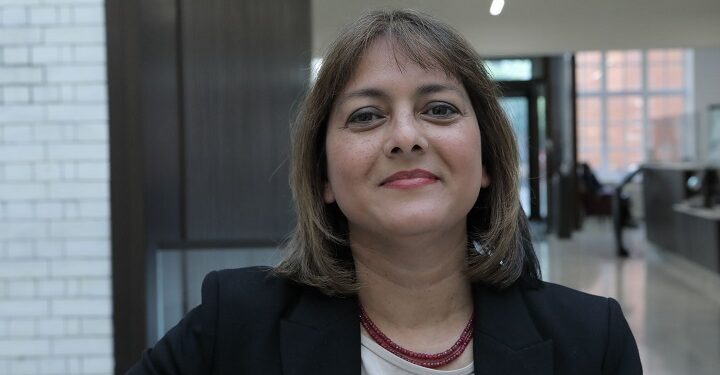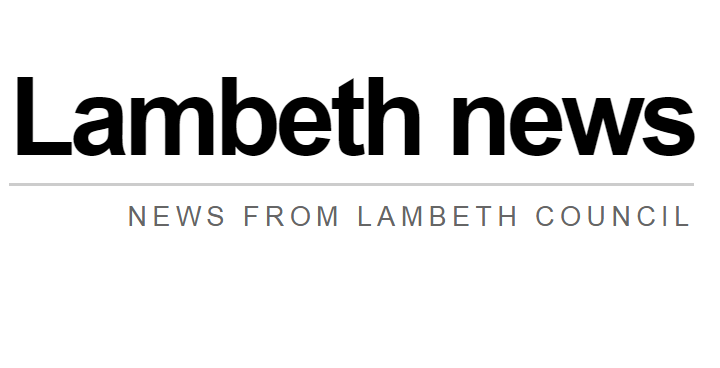
Rescued from a closed studio in 1999, The Harry Jacobs photographic archive is one of Lambeth Archives’ many treasures.
Finding history
The Jacobs photographic archive – over 5,000 rescued portrait pictures – is available for everyone to view at Lambeth Archives. Local people visit in search of the past, finding photographs of parents, friends, neighbours and relations – and sometimes even themselves.
Local institution
Jacobs’ photos capture the personal and domestic side of the Windrush Generation. Jacobs started taking pictures of Jamaican families in their front rooms and became the portrait photographer of choice for the local Black community for more than 35 years – so much so that when Jamaican Prime Minister, Hugh Shearer visited Brixton in 1969, Harry was called to record the occasion.
The Harry Jacobs Story
Two years before the Windrush voyage, young Eastender Harry Jacobs returned from the Second World War: “I’d never done photography before, but I started with a 35mm Leica camera. Going out ‘on the knocker’ I used to explain what I was doing and say, “I don’t want to bother old people; are there any families with children on the street?” and she’d say “Oh, Mrs so-and-so opposite, Mary at no. 24 and so on”. I‘d knock, arrange to go back in the evening, and the whole family would be in their best clothes in the front room.“
Posing for portraits
After 1962, when Harry Jacobs opened his own studio at 152 Landor Road, Stockwell, posing for a portrait became a rite of passage for generations of local people. “I became a bit of an institution for the black community in Brixton. The funny thing was people used to insist it was a scene from their home country. Jamaicans would say it was Hope Gardens, ‘Oh! The waterfall was just there; and the trees; it reminds me of home’. I didn’t use many props; there was the famous basket of flowers, the raffia chair and the Bakelite telephone; for children there was a tricycle and a plastic parrot; and every Christmas the tinsel Christmas tree came out.”
Rescuing the pictures
When Lambeth Archives staff arrived at the closed studio in 1999 to rescue the contents, they were confronted by a montage of over 2,000 photographs covering the shop and studio walls: proud faces and special moments; in work uniforms and party frocks, displaying new hairstyles and babies, new suits and swimsuits, offering wedding toasts and eating funeral meats.”
Lambeth Archives opens in Brixton
- Lambeth Archives’ collection of historic documents and images is moving to its new home on Brixton Hill. The doors will open to the public and to professional researchers and historians early in 2024.
- For information about remote access to collections while the move goes on and our ongoing services see https://www.lambeth.gov.uk/libraries-archives/lambeth-archives/lambeth-archives-relocating-2023




